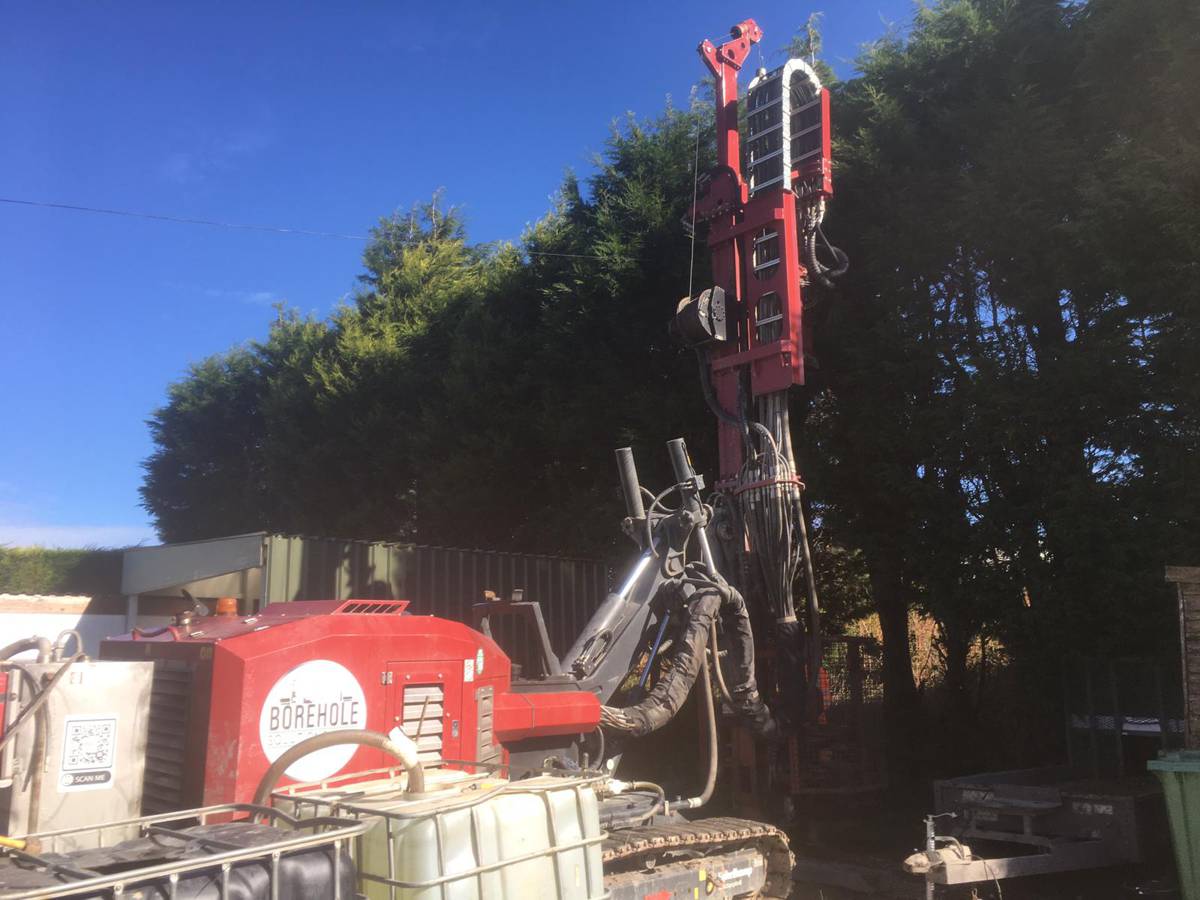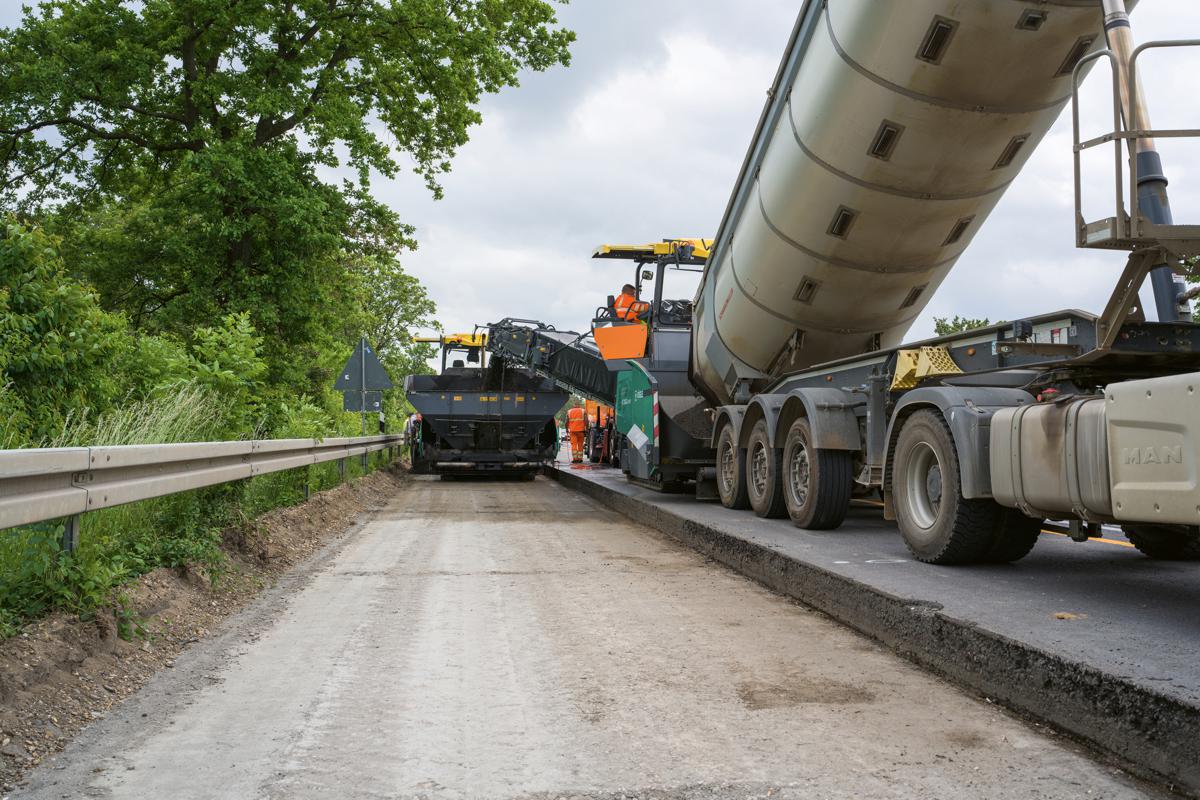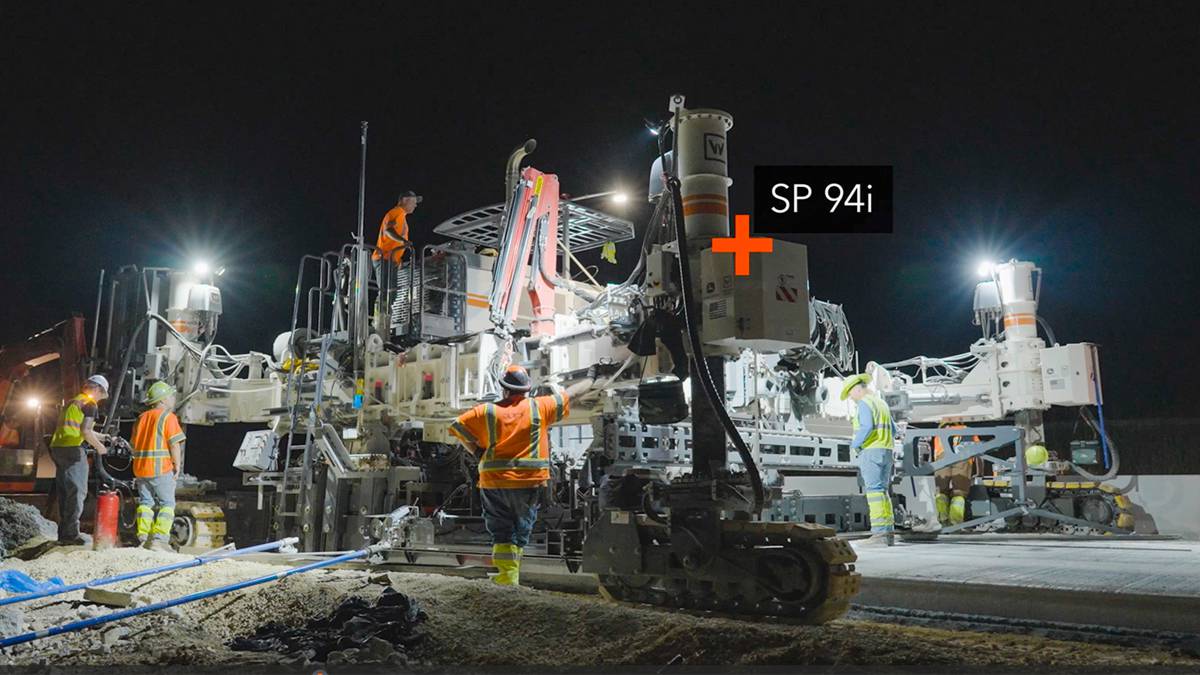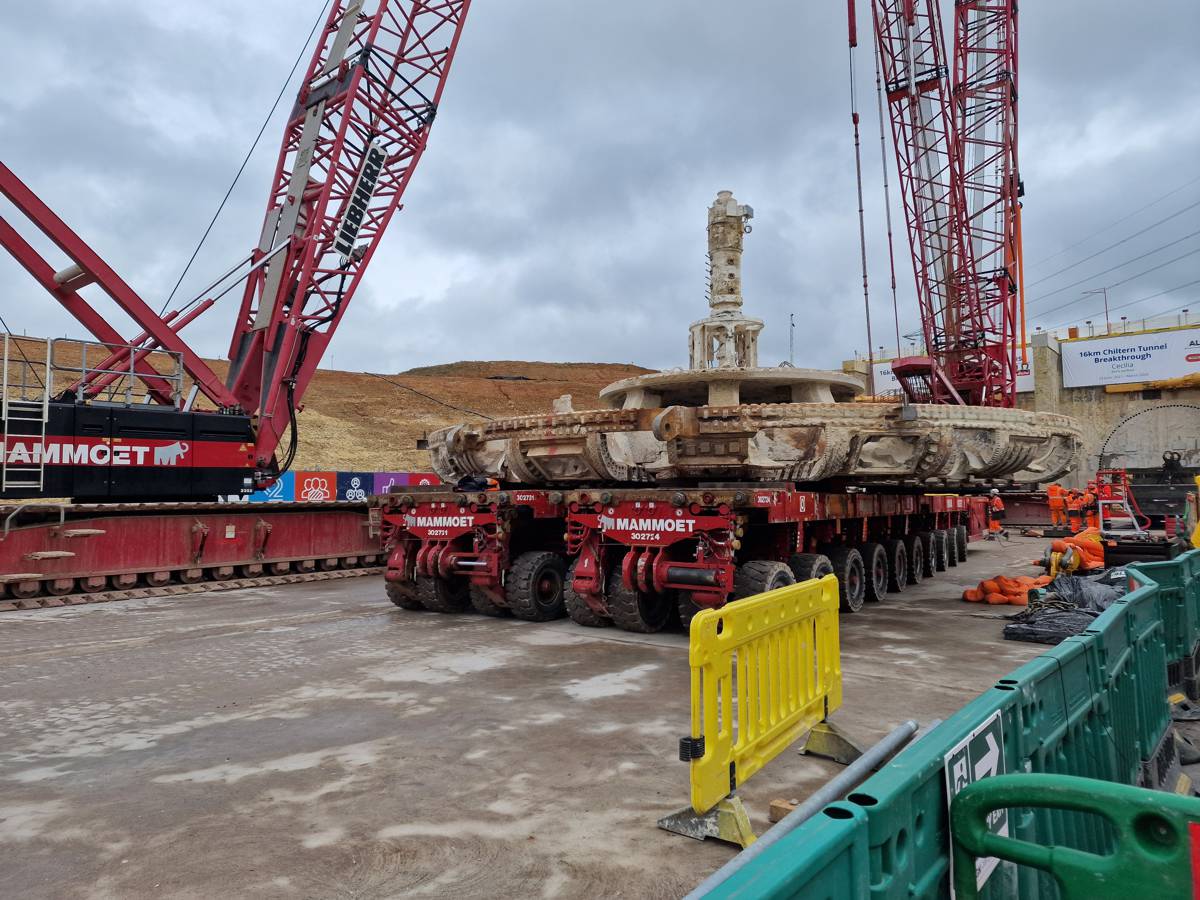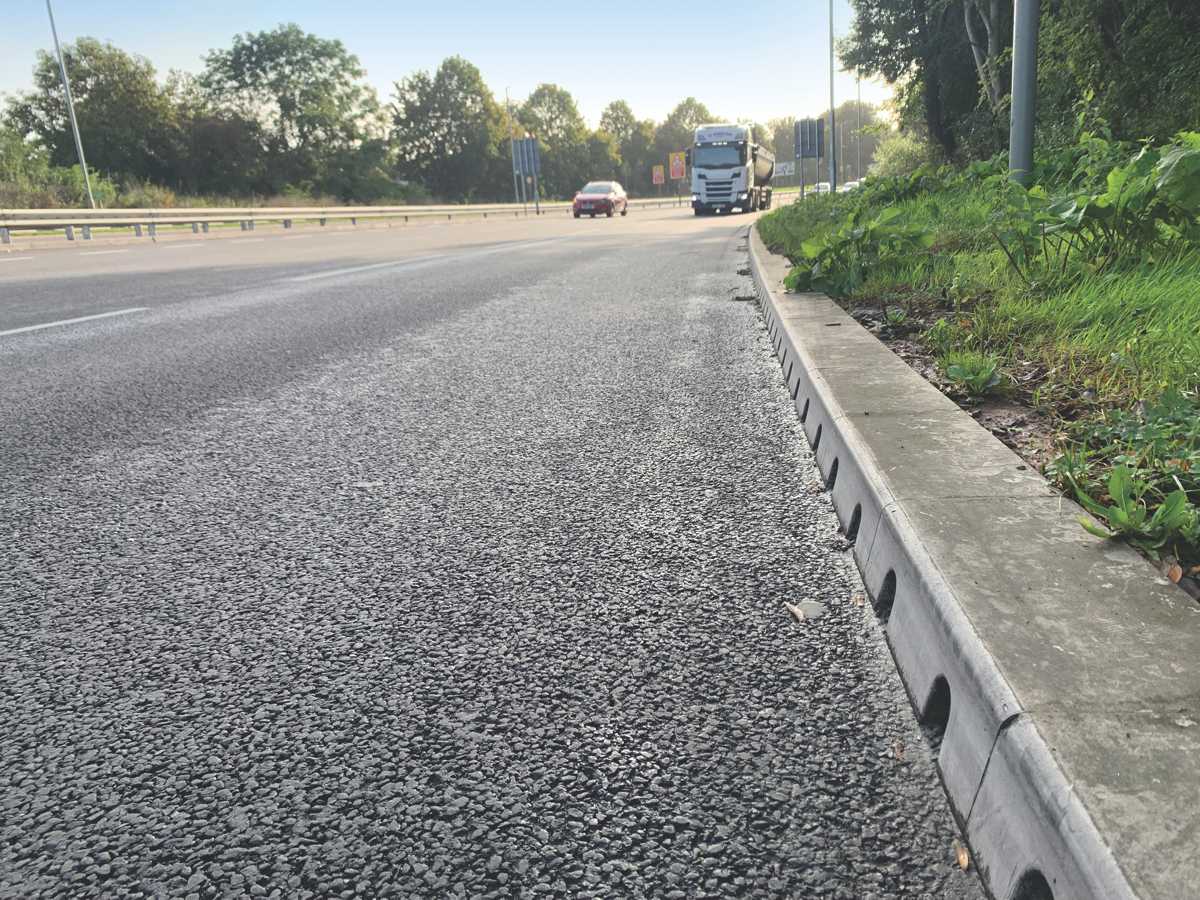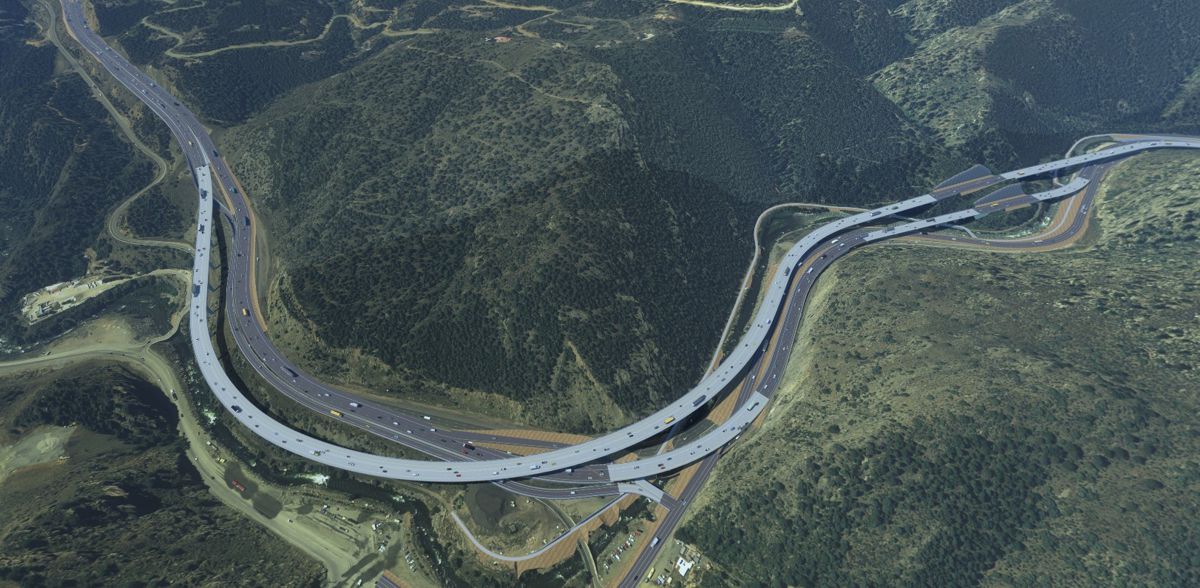Sonic Drilling and how it compares to alternative drilling techniques
There are a significant number of drilling techniques available out there, from cable percussion, to hand-auger, to rotary drilling, and more.
Yet, the method that an increasing number of geotechnical drilling companies have been adopting as their flagship service is sonic drilling. The specifics of why this has proven to be the case varies from business to business, but for the most part, it comes down to the heightened efficiency, versatility and environmental consciousness that it provides when compared to other alternative and more conventional techniques.
To provide a deeper insight into this increasingly sought-after technique, John Rodgman – managing director of the geotechnical drilling firm, Borehole Solutions – has shared his expertise surrounding the process of sonic drilling, as well as how it compares to certain alternative drilling techniques, and the situations in which it rises above all others.
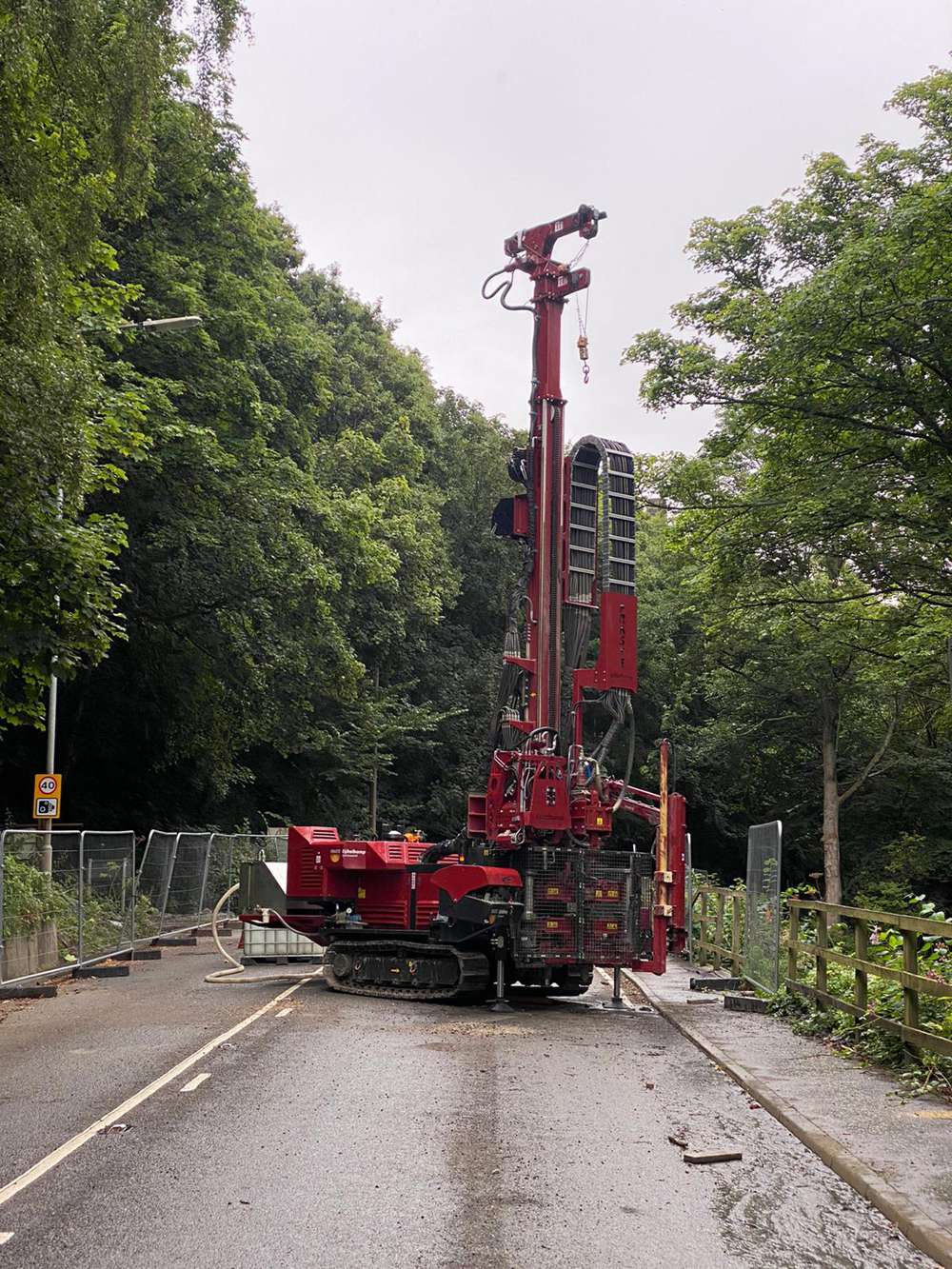
What is Sonic Drilling?
Sonic drilling is a geotechnical soil penetration technique, which involves the use of high-frequency energy generated from within a sonic head to advance a core barrel downwards into subsurface formations. The vibrations created from this loosen the surrounding soil structure’s integrity, enabling drilling to take place in a cleaner, faster and more efficient manner than other techniques typically offer.
Upon the core barrel successfully being advanced into the ground, telescopic casings are placed over it, protecting the borehole from the risk of unconsolidated substrates collapsing in on themselves. This process is then repeated until the required depth of the borehole has been reached, enabling the core to be retrieved undamaged.
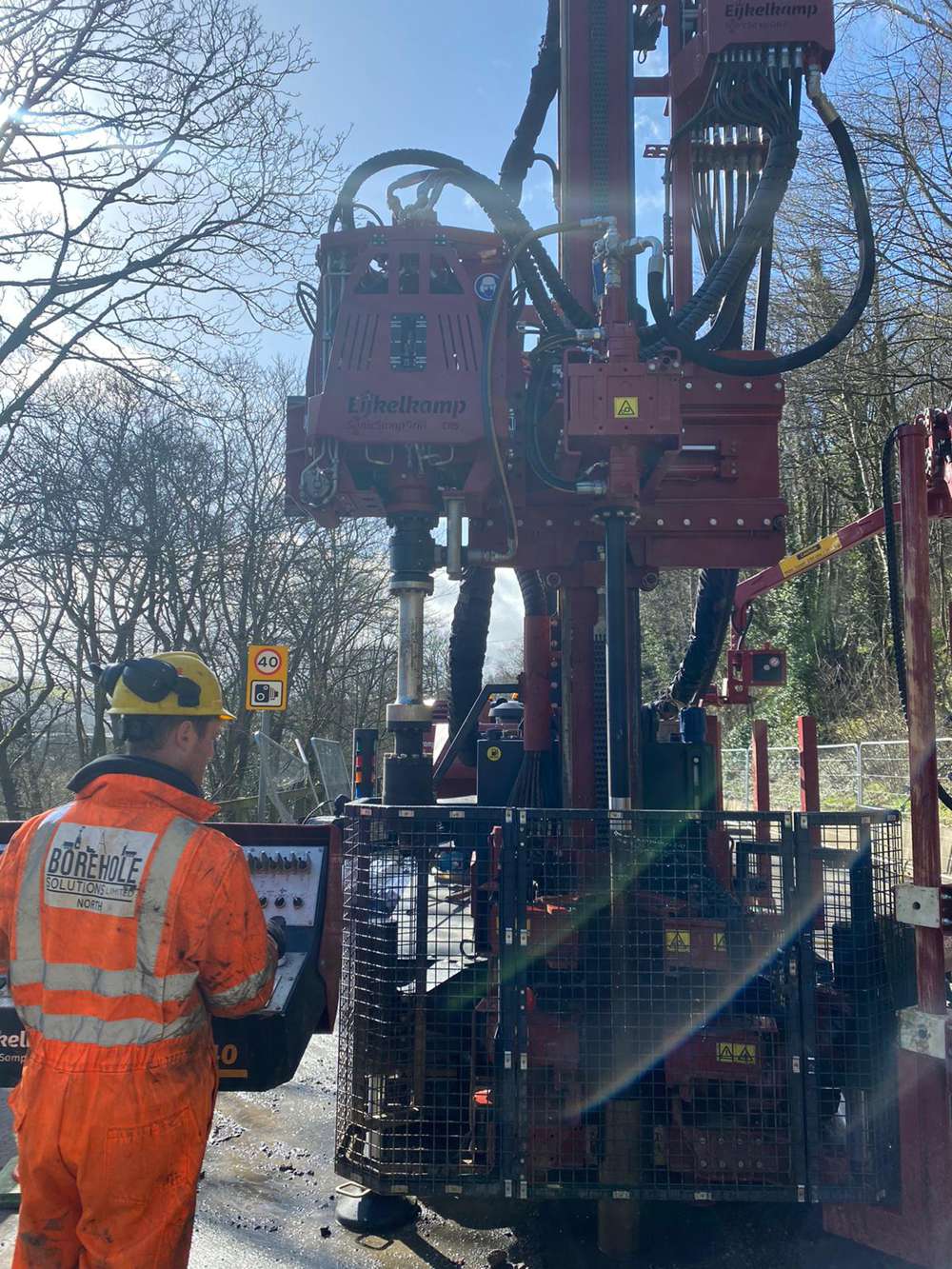
How does Sonic Drilling compare to its pre-existing techniques?
Recovery Rates
Even when taking into account the conventional nature of some of the more traditional techniques, sonic drilling arguably provides the best recovery rates of any other drilling method, with this becoming particularly evident when providing continuous core samples.
Comparing this to auger drilling, for example, the graded quality of the samples returned from sonic drilling can be as much as three times higher, with the samples retrieved at a successful recovery rate of over 95%.
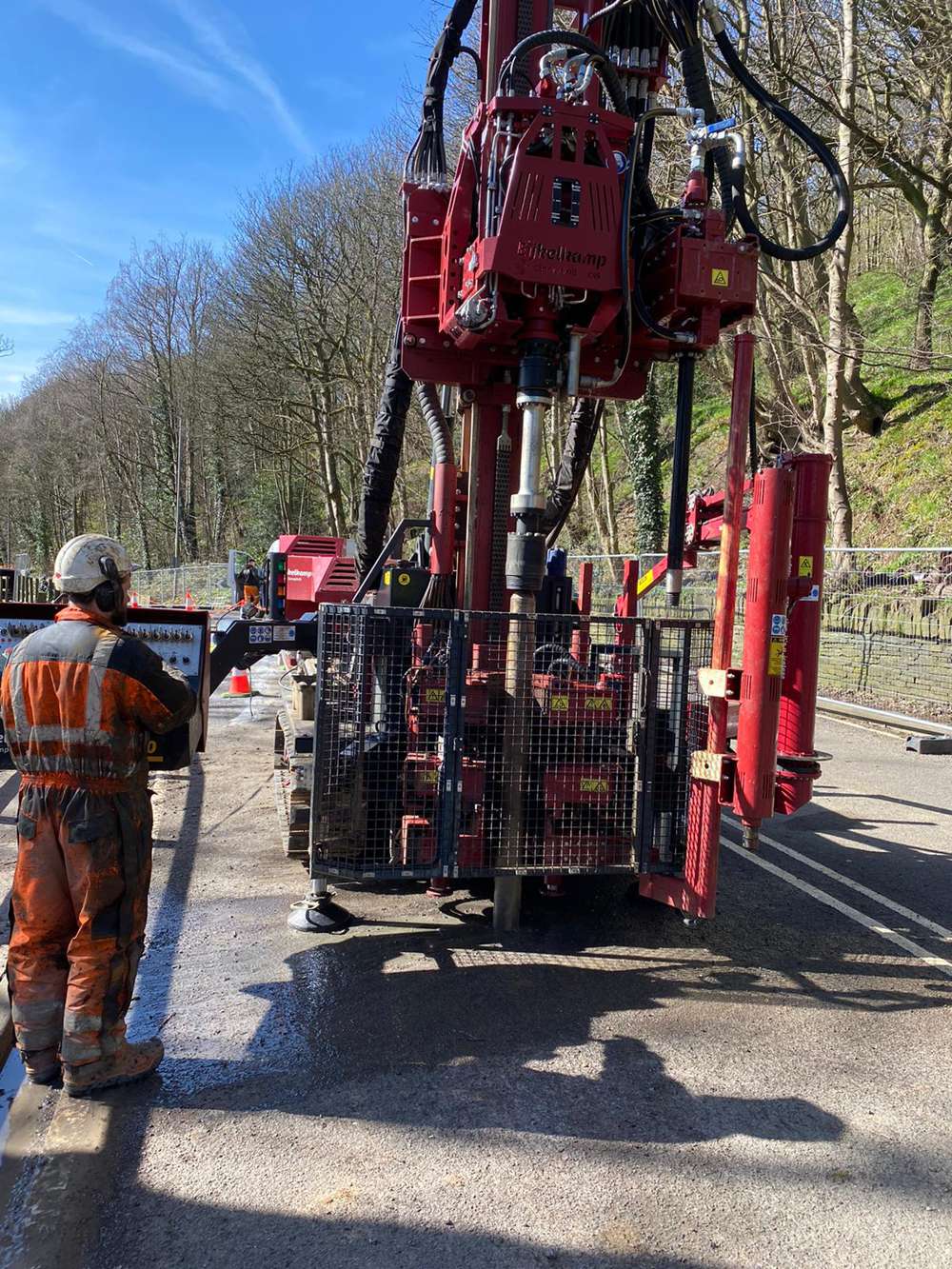
Versatility
Again, there are very few investigative techniques that offer the same level of versatility that sonic drilling does. The rig’s rubber caterpillar tracks provide the drill with a high degree of flexibility and manoeuvrability, ensuring maximum accuracy when it comes to land surveying and site investigations prior to drilling.
This is particularly prominent in tough conditions, such as those where the soil is filled with unconsolidated formations, such as boulders, clay, gravel, and various other hinderances.

Speed
Perhaps two of the most notable benefits that sonic drilling hosts over its counterparts are the speed and efficiency in which it operates. When compared to traditional rotary drilling, for example, sonic drilling rigs have been found to operate at a heightened speed of as much as 400%.
As previously mentioned, this primarily comes down to its high-frequency sonic head, enabling the drill to core through these uncompacted formations with ease, as well as the sonic rig being able to carry out continuous coring; an area where other conventional drilling systems fall short.

Waste and Environmental Consciousness
Waste is typically one of the most pressing concerns when it comes to any drilling technique, and understandably so. The Investigation Derived Waste (IDW) generated from the majority of conventional drilling techniques can host serious ecological impacts and contaminate the environment; all whilst damaging the integrity of the collected samples – which therefore inhibits the risk of extending the drilling process further in order to retrieve undamaged specimens.
Using sonic drilling technology, however, will reduce waste by as much as 80%, which when partnered with its rapid drilling speed, 95% success rate, and minimised on-site time, significantly diminishes this technique’s environmental footprint.
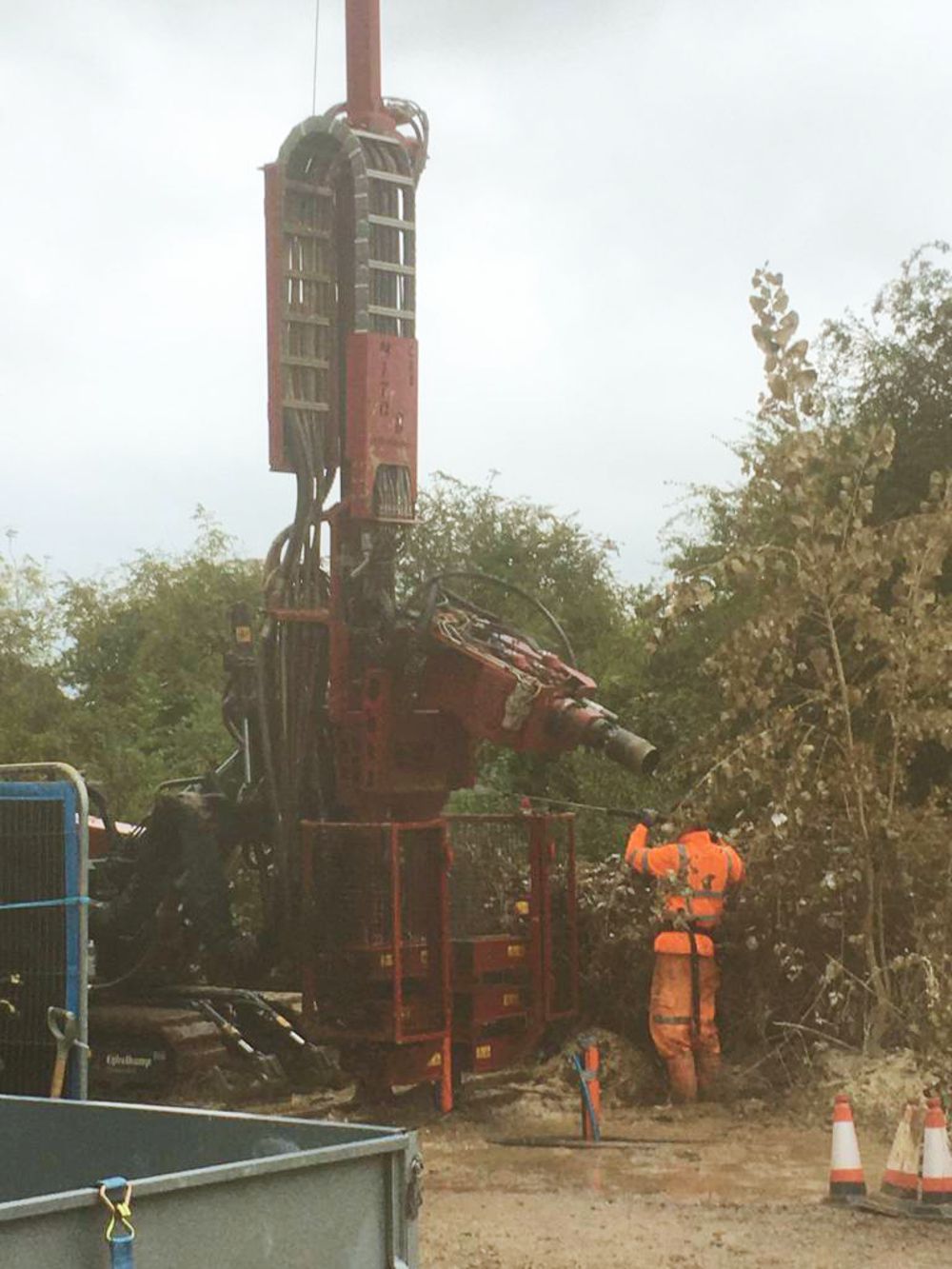
What technique should you use and when?
Geotechnical drilling is a fundamental part of any site investigation, and as such, requires a great deal of consideration when identifying the best suited technique for a project.
The ideal solution varies from site-to-site, but to offer a generalised insight into this process, if you’re dealing with a relatively homogeneous ground profile, then a more conventional drilling method, such as cable percussion or rotary drilling, will often be more than appropriate.
If, however, the landscape is far from this, consisting of large rocks, fine gravel, and other intruding objects, then sonic drilling’s versatility is by far the most favoured technique.
